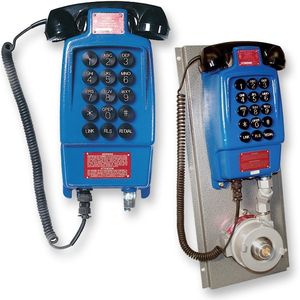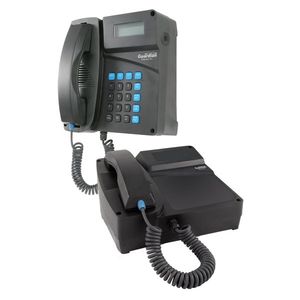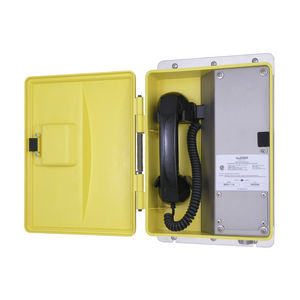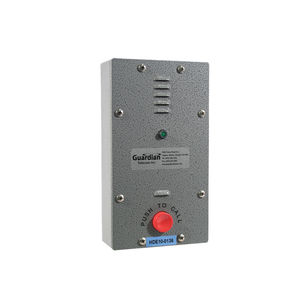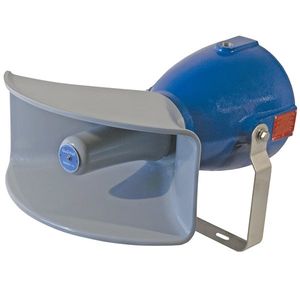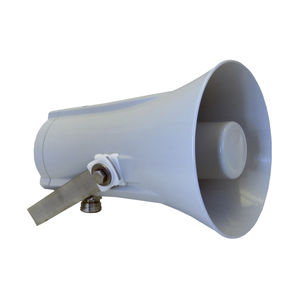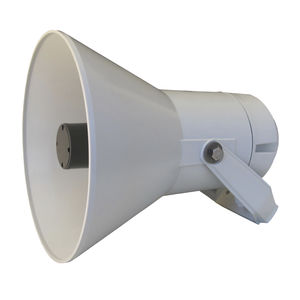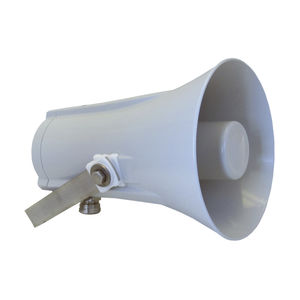

- Products
- Catalogs
- News & Trends
- Exhibitions
Analog telephone -40 ... 60 °C | Class I, Division 2, WTT-30-HIP66emergencyweather-resistant
Add to favorites
Compare this product
Characteristics
- Network
- analog
- Protection class
- IP66
- Other characteristics
- emergency, weather-resistant
Description
Guardian’s WTT-30-H Hazardous Area Telephone has been designed to provide dependable service in hazardous areas. In addition to being certified for use in Class 1, Division II applications, it has both Type 4X & IP66 ratings which make it ideal for use in offshore or corrosive atmospheres.
All WTT-H and WTR-H models are housed in rugged thermoplastic resin enclosures and come with a spring loaded door.
Product Features
• Waterproof Enclosure: Type 4X & IP-66 Certification: CSA C/US
• Encapsulated circuitry impervious to water and particles
• Waterproof connections & stainless steel fittings for longer life
• Corrosion protected and powder coated steel faceplate
• The WTT-30-H & WTT-40-H models feature a metal keypad for extended life
• Magnetic reed hook switch to reduce parts subject to wear
• Surge arrestor to prevent voltage spike damage
• Vandal resistant armored handset cord with lanyard on WTT-40-H & WTT-41-H models
• Heavy duty G Type industrial handset
• Electret noise reducing microphone for clear communication
• Temperature range -40˚ to +140˚F (-40˚ to +60˚C)
• Modular parts for easy service
• Integrated mounting feet
• Hearing aid compatible & receiver volume adjustment
• Electronic ringer for reliability
• Tone or pulse dialing for universal configuration
• Easily connects to any single line analog CO or PBX telephone line
• Handset retainers to maintain on-hook status
• Spring loaded door
• Easy support drill guides for top & bottom mount glands
Catalogs
No catalogs are available for this product.
See all of Guardian Telecom‘s catalogsRelated Searches
- SIP telephone
- Emergency industrial telephone
- Analog industrial telephone
- Weather-resistant industrial telephone
- Vandal-proof industrial telephone
- Wall-mounted industrial telephone
- Waterproof industrial telephone
- IP66 industrial telephone
- Rugged telephone
- Telephone with protection door
- Waterproof loudspeaker
- Explosion-proof industrial telephone
- Help point industrial telephone
- Industrial telephone with loudspeaker
- Portable loudspeaker
- Two-way headset
- Explosion-proof loudspeaker
- Weather-resistant loudspeaker
- Noise-cancelling two-way headset
- Ringdown telephone
*Prices are pre-tax. They exclude delivery charges and customs duties and do not include additional charges for installation or activation options. Prices are indicative only and may vary by country, with changes to the cost of raw materials and exchange rates.

